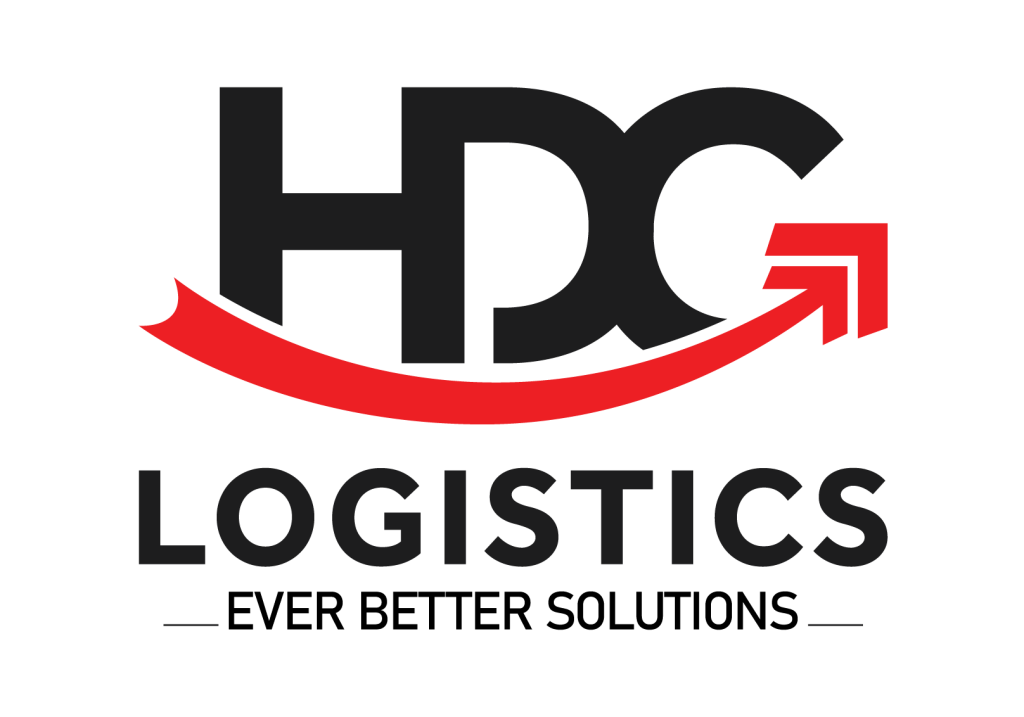Exporting electronic components is one of the economically promising industries in Vietnam. However, to export electronic components, businesses need to comply with regulations regarding customs procedures, documentation, certifications, and quality checks. So, what are the procedures and processes for exporting electronic components?
What are Electronic Components?
Simply put, electronic components are basic elements with specific features used for connecting in electrical circuits or electronic devices. In any industrial machinery or civil electrical system, electronic components play an indispensable role in today’s electrical circuits.

HS Code and Export Tax for Electronic Components
Most electronic components fall under chapters 84 and 85. The HS code for this category is as follows:
- Chapter 84: Nuclear reactors, machinery, and equipment; parts thereof.
- Chapter 85: Electrical machinery, equipment, and parts thereof; sound recording or reproducing apparatus; parts and accessories of such articles.
- The export tax rate for electronic components is 0%, and the value-added tax for electronic components is also 0%
| HS Code | Description | |
| 8535 | Electrical apparatus for switching or protecting electrical circuits, or for making connections in electrical circuits (e.g., switches, circuit breakers, lightning arresters, voltage limiters, surge suppressors, plugs, and other connectors, junction boxes), for a voltage exceeding 1,000 V. | |
| 85351000 | Circuit breakers | |
| 85354000 | Lightning arresters, voltage limiters, surge suppressors | |
| 85359010 | Bushing assemblies and connecting parts used for power distribution or transformer units | |
| 85359020 | Changeover switches for motor starting | |
| 85359090 | Other types | |
| 8541 | Diodes, transistors, and similar semiconductor devices; photovoltaic cells, whether or not assembled as modules or panels; light-emitting diodes (LED); mounted piezo-electric crystals. | |
| 85411000 | Diodes, other than photosensitive or light-emitting diodes (LED) | |
| 85412100 | With a dissipating power not exceeding 1 W | |
| 85412900 | Other types | |
| 85413000 | Thyristors, diacs, and triacs, other than photosensitive devices | |
| 854140 | Photosensitive semiconductor devices, including photovoltaic cells whether or not assembled as modules or panels; light-emitting diodes (LED): | |
| 85414010 | Light-emitting diodes (LED) | |
| 85414021 | Photovoltaic cells with blocking layer, not yet assembled | |
| 85414022 | Photovoltaic cells with blocking layer, assembled in modules or made into panels | |
| 85415000 | Other semiconductor devices | |
| 85416000 | Mounted piezo-electric crystals | |
| 8542 | Electronic integrated circuits. | |
| 85423100 | Processing and control units, whether or not combined with memories, converters, logic circuits, amplifiers, clock and timing circuits, or other circuits | |
| 85423200 | Memories | |
| 85423300 | Amplifiers | |
| 85423900 | Other types |
Preparing Export Documents
According to current regulations, electronic equipment is not subject to import-export prohibitions according to Decree 187/2013/ND-CP issued by the Government on January 20, 2013, including:
- Export customs declaration form (Form 01/XK)
- Commercial Invoice
- Packing list
- Bill of lading
- Certificate of Origin (C/O)
- Certificate of Quality (CQ)
Customs Declaration Process
After preparing the necessary documents as required, businesses proceed with customs declaration procedures at the Customs Department where the export batch is located:
- Submit the electronic customs declaration form for the batch
- Submit the customs declaration form and accompanying documents to the Customs Department.
- Wait for the Customs Department to review the documents and clear the batch.
- Physically inspect the goods.
- Complete customs documentation.
- Pay export taxes (if applicable).
- Present the goods to the customs authorities.
Transporting Goods Abroad
Depending on the transportation method, businesses can choose different transport units such as shipping companies, road transport companies, or air transport.
Note
- Choose suitable products for the export market.
- Thoroughly understand legal regulations regarding exports.
- Prepare complete and necessary documentation.
- Choose reputable transportation and customs clearance service providers.



 Tiếng Việt
Tiếng Việt 日本語
日本語 中文 (中国)
中文 (中国)

